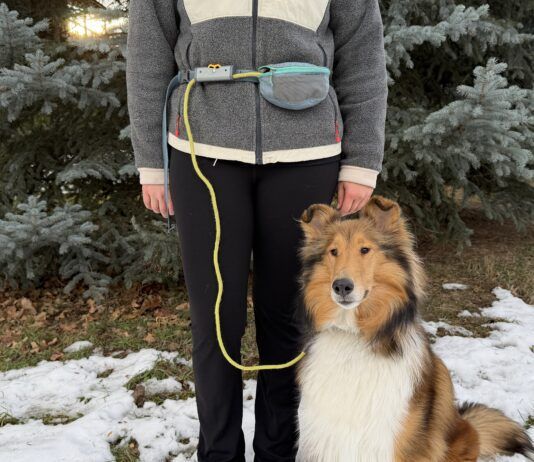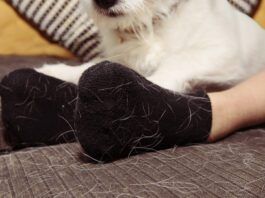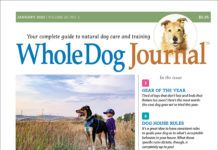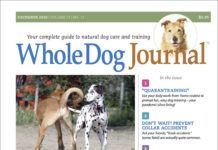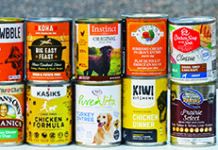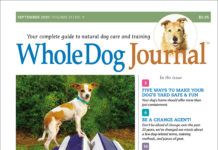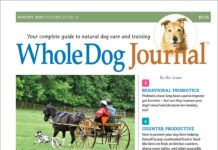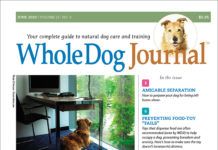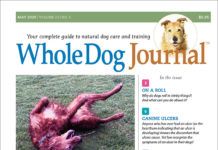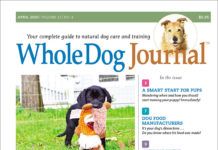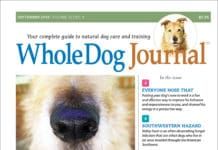Download The Full December 2020 Issue PDF
- “Quarantraining”
- Don’t Wait! Prevent Collar Accidents
- Dog Meet Dog
- Canine Knee Injury? Brace Yourself
- Helping You Keep Track
- Annual Editorial Index
Download The Full November 2020 Issue PDF
- Add-on Wellness Plans
- Tethered for Success
- A Kidnapped Baby from Planet Dog
- Paws for Winter
- What's My Motivation?
- Savor The Flavor
Whole Dog Journal’s 2020 Approved Wet Dog Foods
Were you aware that dogs don’t have a biological requirement for carbohydrates? The fact that this bit of trivia sounds so crazy is a...
Download The Full October 2020 Issue PDF
- Rotary Club
- Learning to Love It
- Family Planning
- Are Two Pups Better Than One?
- A Can/Do Attitude
- 2020 Approved Canned Foods
Download The Full September 2020 Issue PDF
- Five Ways to Make Your Dog’s Yard Safe & Fun
- Be a Change Agent!
- Puppy Needs New Food
- Ignore at Your Peril
- Going Viral
- Canine Stem Cell Therapy
Download The Full August 2020 Issue PDF
- Behavioral Probiotics
- Counter Productive
- Let’s Increase Diversity in the Dog World
- Ringworm Isn’t Either
- Adopt or shop
Download the Full July 2020 Issue PDF
- Fostering Rescue Pups
- Ready for Anything
- Crate Expectations
- Safe Choices for Chewing in a Crate
- It’s Time to Lose Weight
- Life Lessons Learned From Training Dogs
Download the Full May 2020 Issue PDF
- ON A ROLL
- CANINE ULCERS
- CHANGING THE RESOURCE-GUARDER
- ON THE HORNS OF A DILEMMA
Download The Full April 2020 Issue PDF
- A SMART START FOR PUPS
- DOG FOOD MANUFACTURERS
- HOWLING IN THE UNCANNY VALLEY
- STRESSED OUT
- PAIN AND BEHAVIOR
Download the Full September 2019 PDF Issue
- Everyone Nose That
- Southwestern Hazard
- Blind Love
- Canine Lymphoma
- Scout's Story


